Benji Kimpioka has been St Johnstone’s star man in the early weeks of the season.
The former Sunderland forward has started all nine of Saints’ games so far, and has been on the pitch at full-time in the four Premiership contests apart from the opener against Aberdeen, when he was taken off with just a few minutes left.
By finding the net against Motherwell on Saturday, Kimpioka matched the goals total of last season’s McDiarmid Park top scorer, Nicky Clark, before August had even turned into September.
Courier Sport looks back through the history books to put the 24-year-old’s fast start into club context.
Better than the modern greats
During Saints’ current decaded-and-a-half spell in the top league of Scottish football, they’ve had some prolific finishers who hit the goal trail early in the season.
Stevie May in 2013/14 springs to mind first but the three-time cup winner was only on five after nine, while the best Steven MacLean managed was six in 2015/16.
Fran Sandaza also got to half a dozen in 2011/12, as did Tony Watt in 2018/19.
Michael O’Halloran’s best was five in 2017/18.
Just one man Kimpioka’s equal
Kimpioka would be the only St Johnstone player to reach the magnificent seven mark this quickly in the current Premiership era but for one player.
Danny Swanson.
At the peak of his powers, the creative heartbeat of Tommy Wright’s 2016/17 side also scored seven in nine.
In fact, he scored seven in eight.
Identical to Kimpioka, the goals were spread over five matches and included two doubles.
There’s a strong case for saying Kimpioka’s was the better achievement, though, as four of Swanson’s seven were scored from the penalty spot compared to just one for the Swede.
Three decades
You have to go back 30 years, and drop down a division, to find a Saints player who scored eight in nine.
That man was George O’Boyle.
In his first season at the club (replacing Billy Dodds after Paul Sturrock’s team were relegated), the Northern Irishman hit the ground running.
He would go on to score 28 that 1994/95 season.
Paul Wright also deserves a mention, given his seven goals two seasons earlier were scored in the top division for a team that was on the slide.
The benchmark
Talking of deserving a special mention, John Brogan scoring seven in nine in 1983/84 for Alex Rennie’s part-timers who would go on be relegated, was extremely impressive.
The seven included doubles in heavy defeats at Celtic Park and Ibrox.
Brogan, though, was no ordinary St Johnstone striker.
His 16 goals in nine in the title-winning campaign the previous year remains the mark nobody else before or after has come close to.
He had reached double figures within four games!
There were four braces, a hat-trick and five in one match at Falkirk.
Saints went on to win the old First Division and Brogan’s 36 goals were the chief reason.
Best in the top-flight
Brogan’s 16 in 1982/83 or Henry Hall’s in 1969/70 – which is better?
There’s no easy answer.
You could certainly make a case that Hall’s quick-fire dozen is the greatest early-season goal-scoring blitz in St Johnstone’s history because it was in the top division at a time when Scottish football was as strong as it has ever been.
Half of those were scored in the League Cup group phase but they were all against fellow Division One clubs.
Hall reached 17 in just 13 matches.
Two in a row
Saints fans will be hoping Kimpioka is still at McDiarmid Park at the start of next season.
By that point, the challenge will be to replicate this year’s numbers.
The only player to reach seven in nine in successive seasons so far is Ian Rodger – eight in 1953/54 and then nine the following campaign.
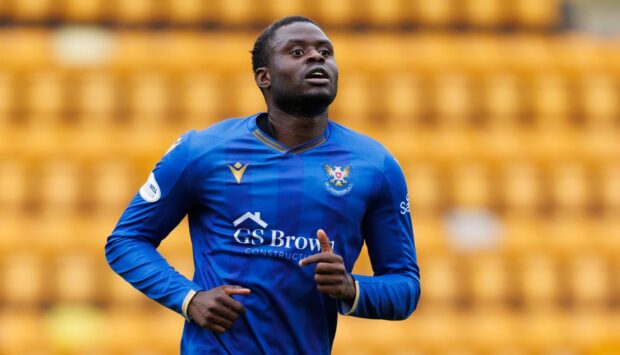
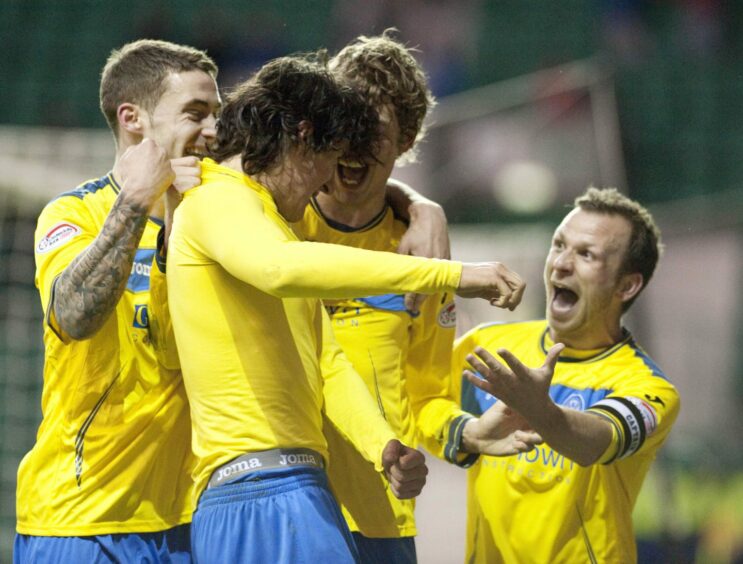

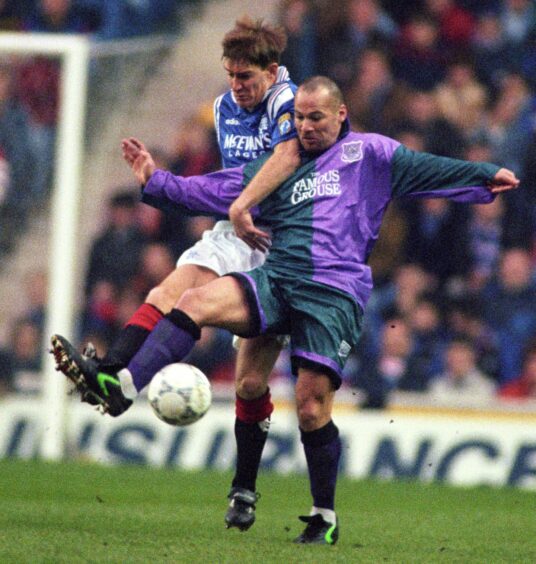
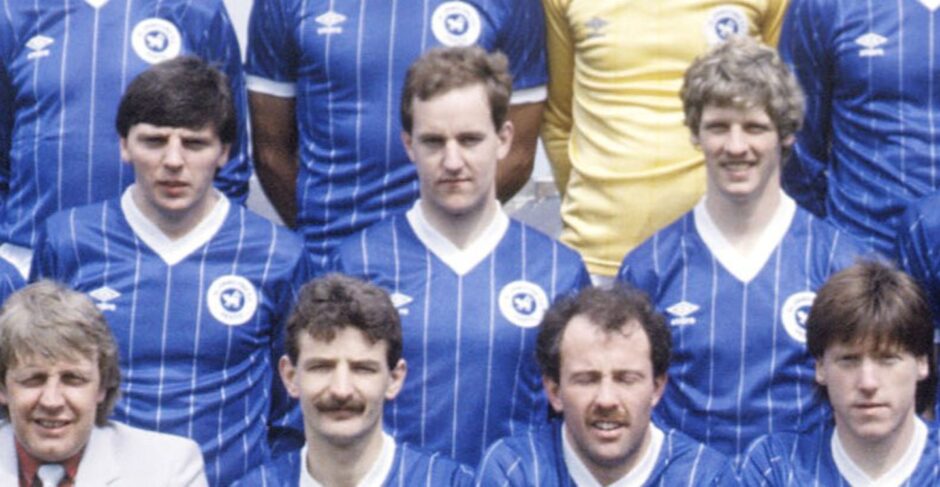
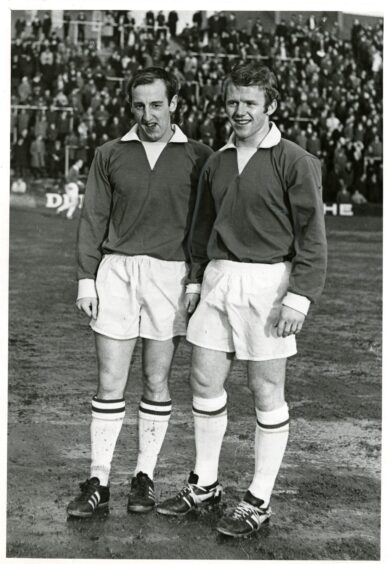
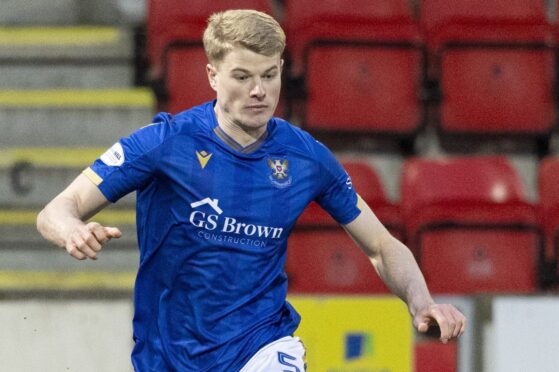

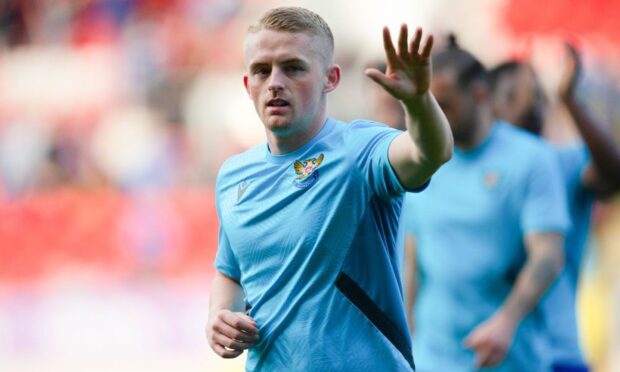
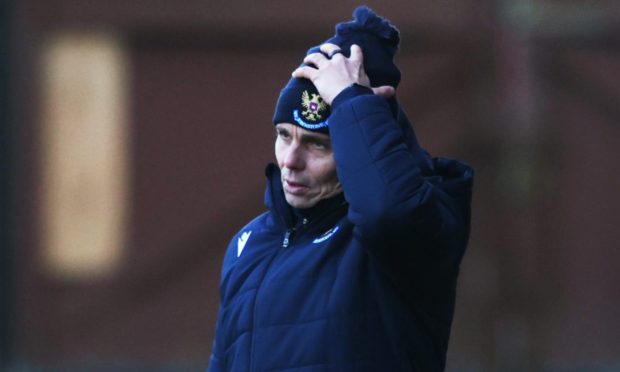
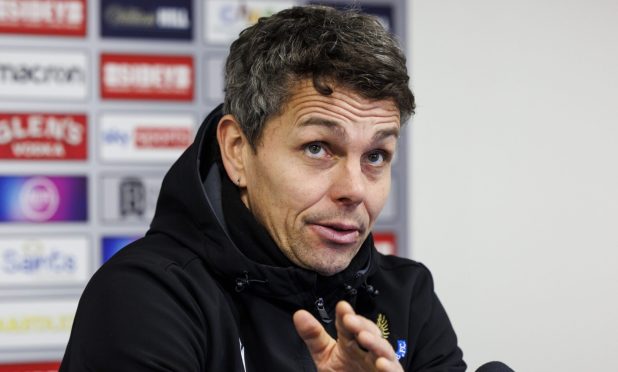
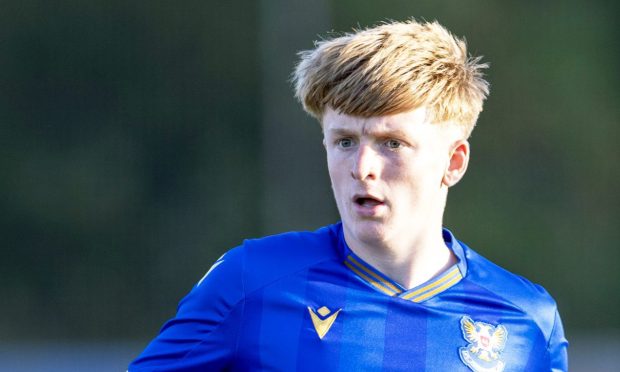
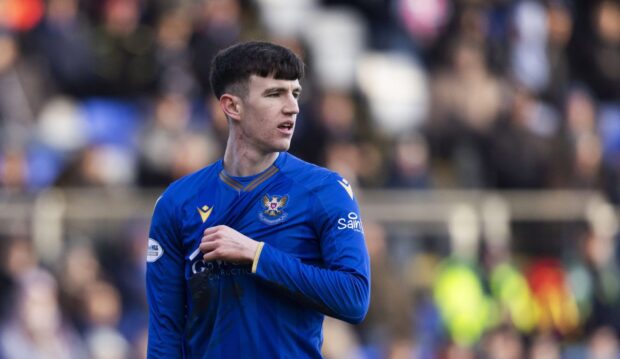
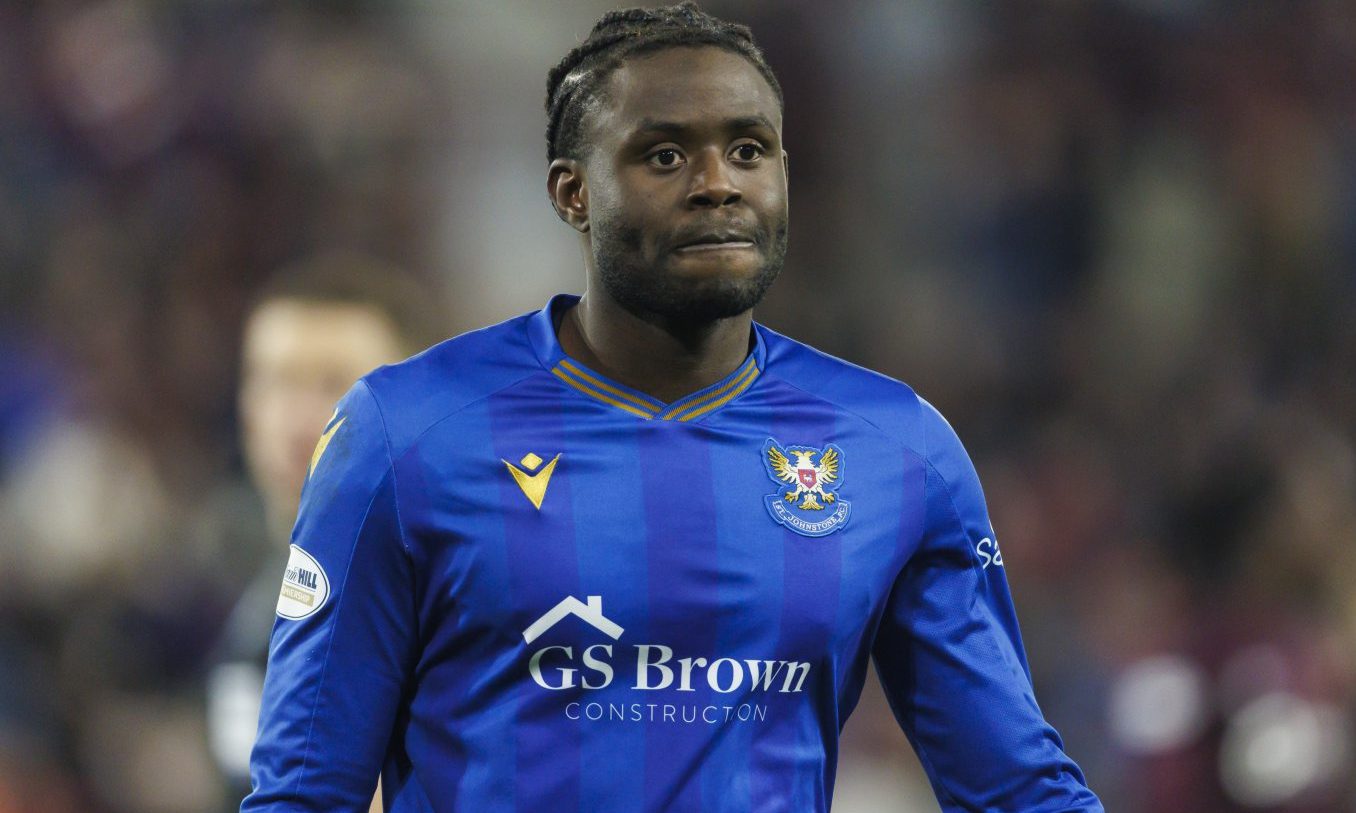
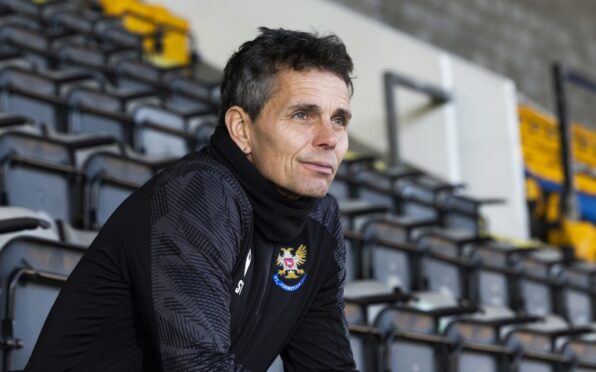

Conversation